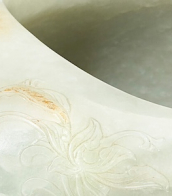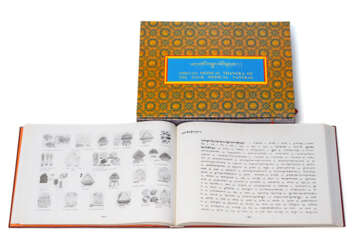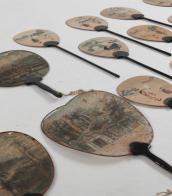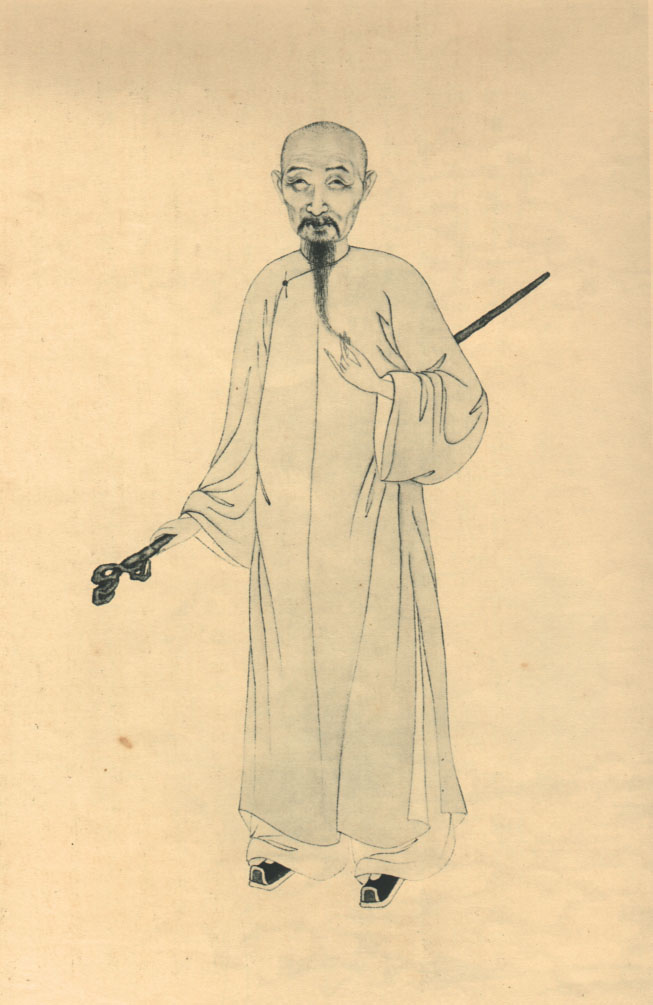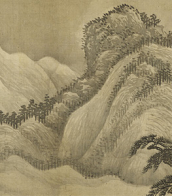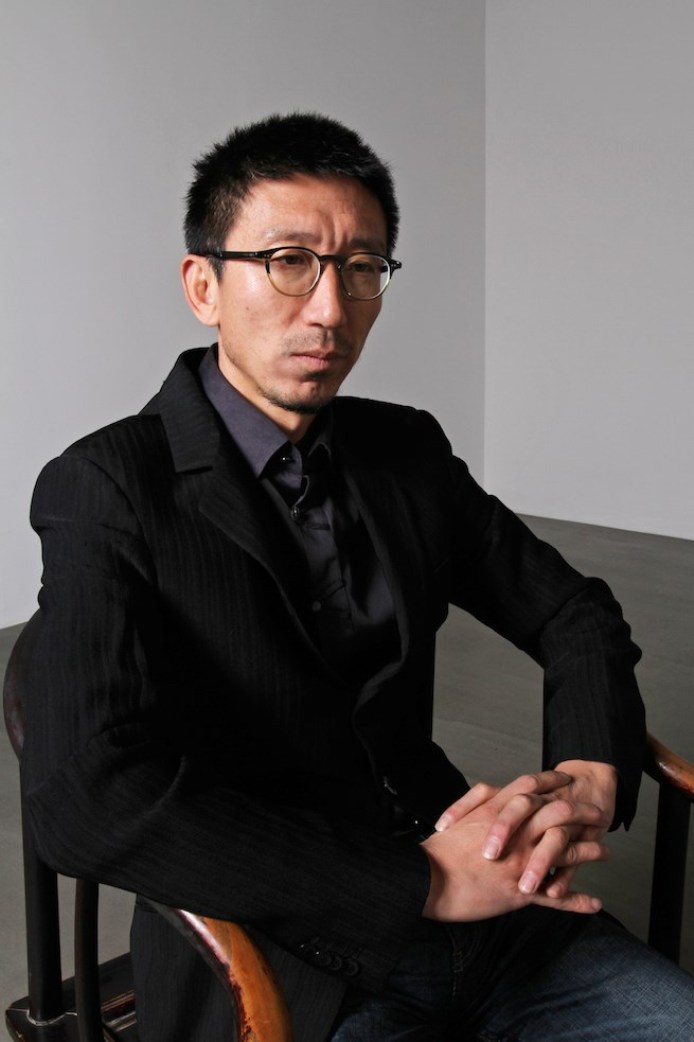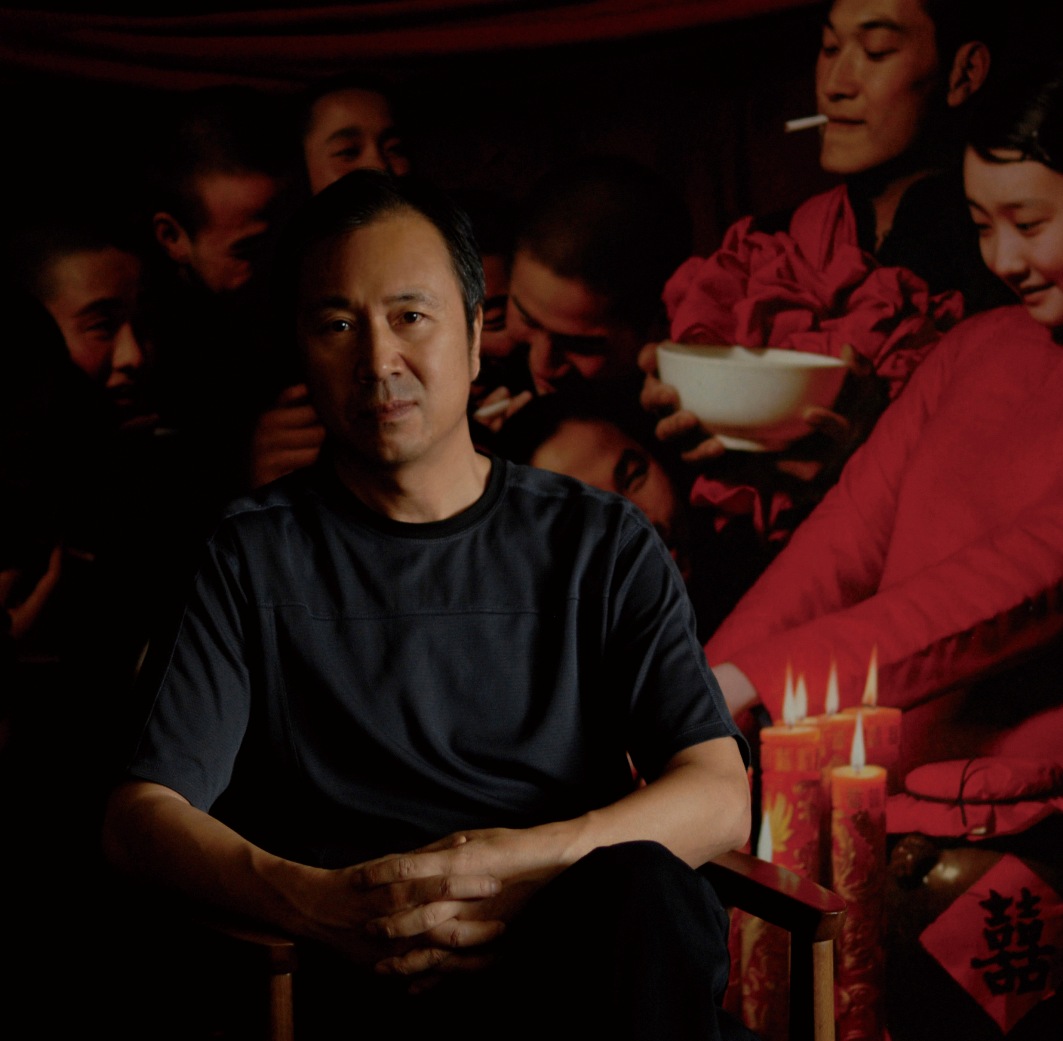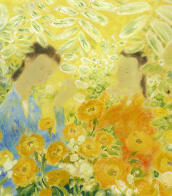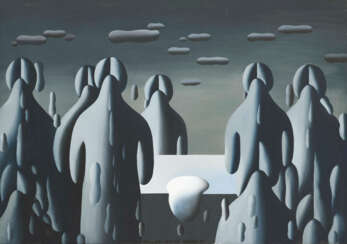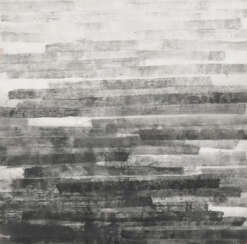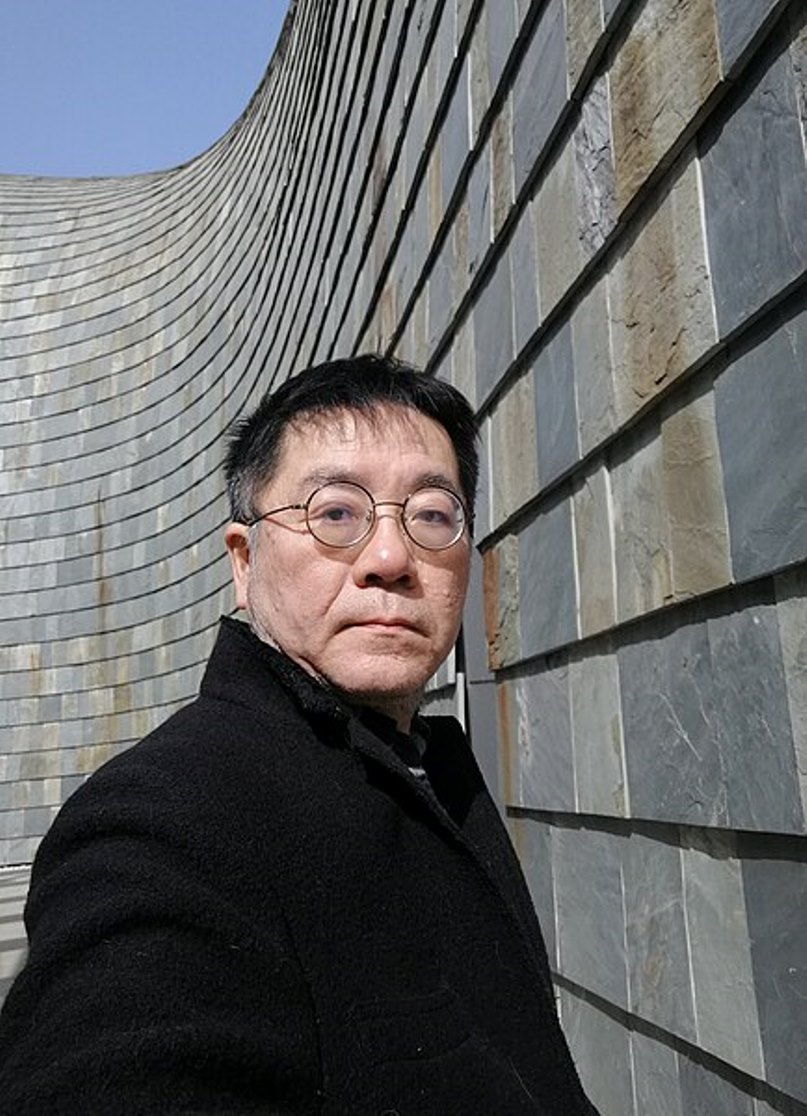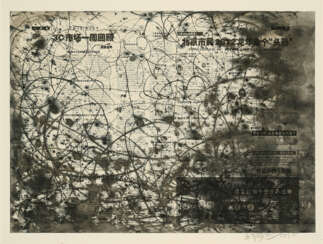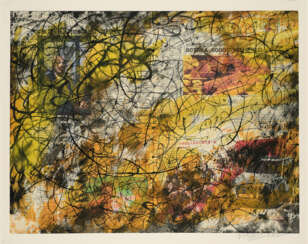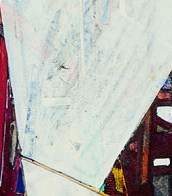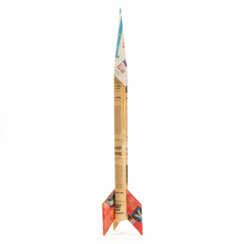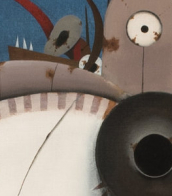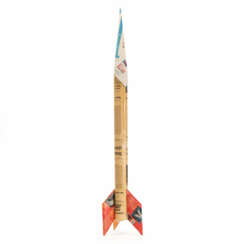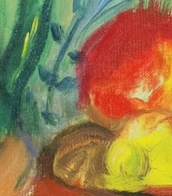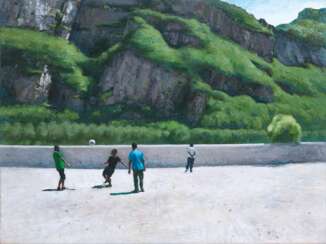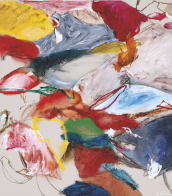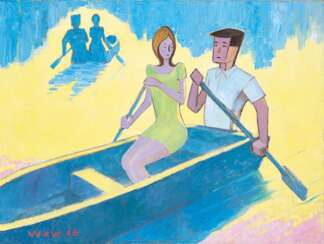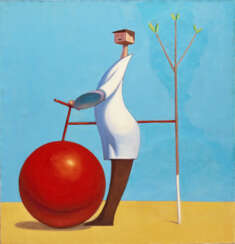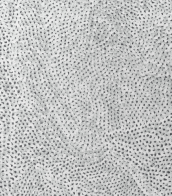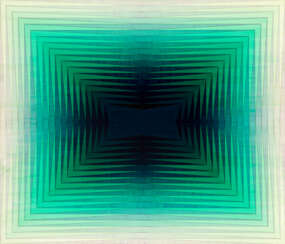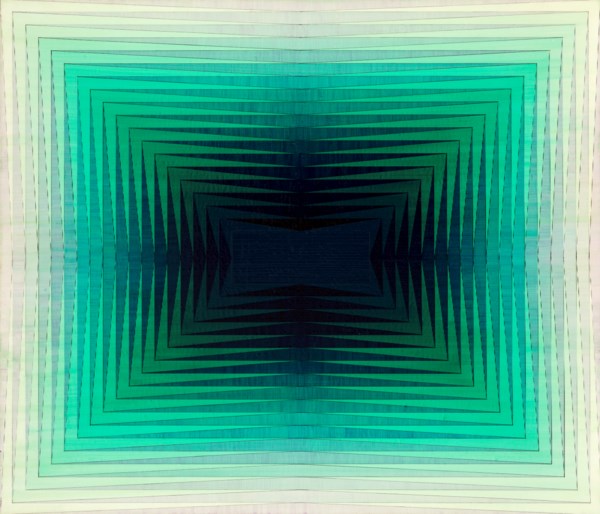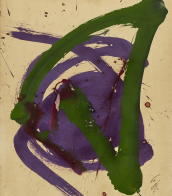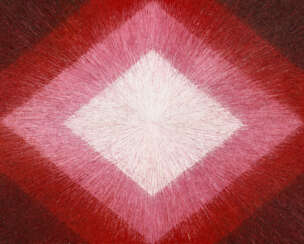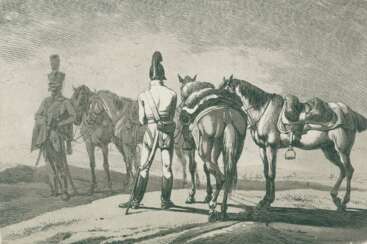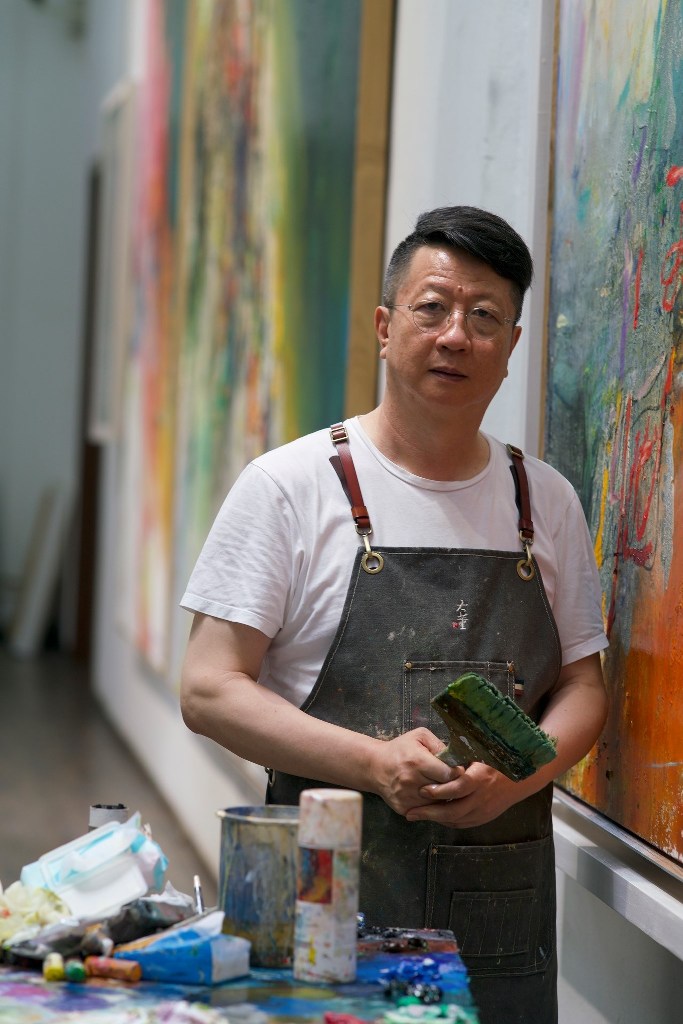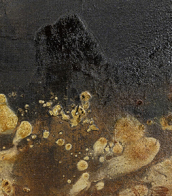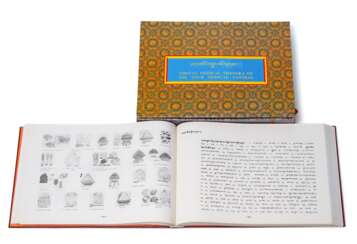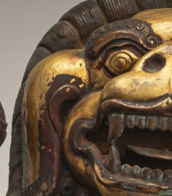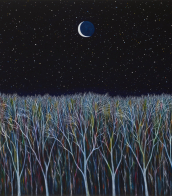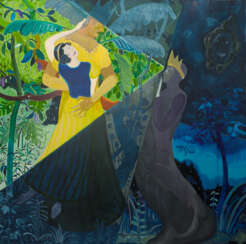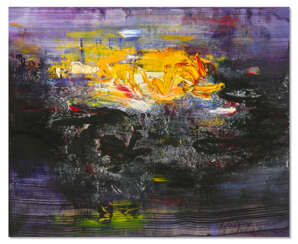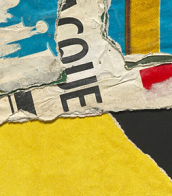wang lei
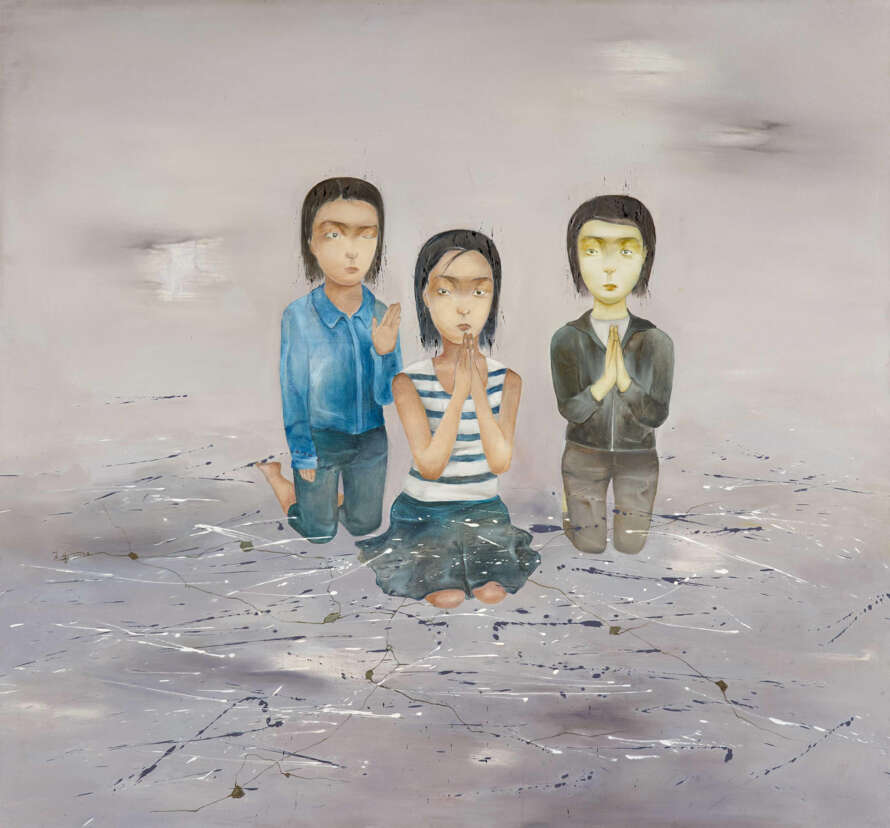
Wang Lei is one of China's most prominent contemporary artists. In addition to oil paintings on canvas, he uses paper in his art: he twists it into long, thin threads, which are then woven into reproductions of Chinese clothes.
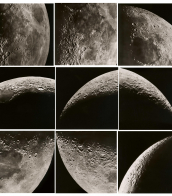

Wang Lei is one of China's most prominent contemporary artists. In addition to oil paintings on canvas, he uses paper in his art: he twists it into long, thin threads, which are then woven into reproductions of Chinese clothes.

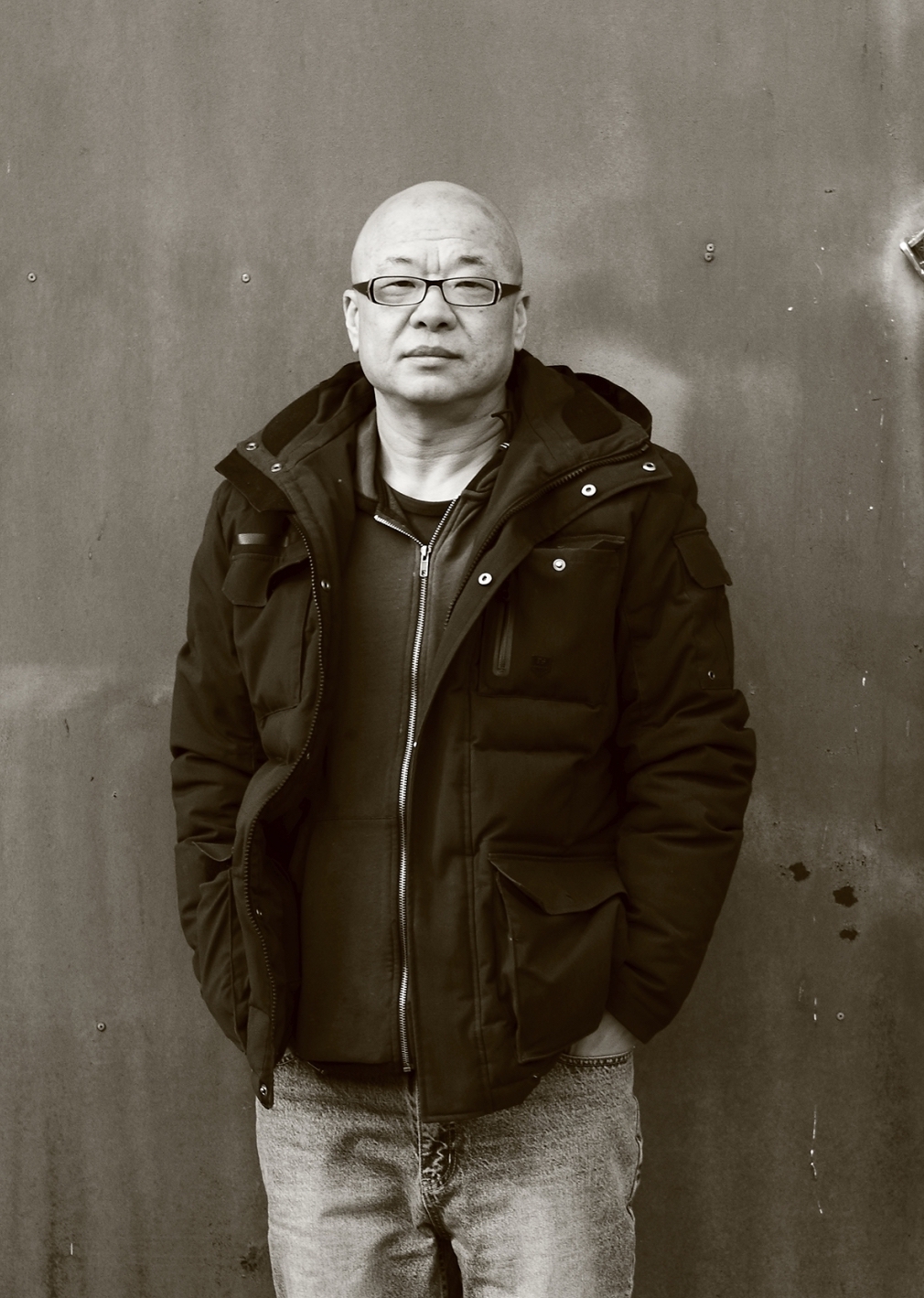
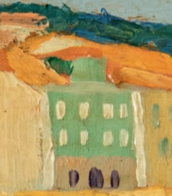

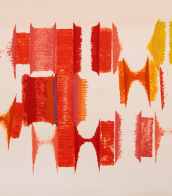
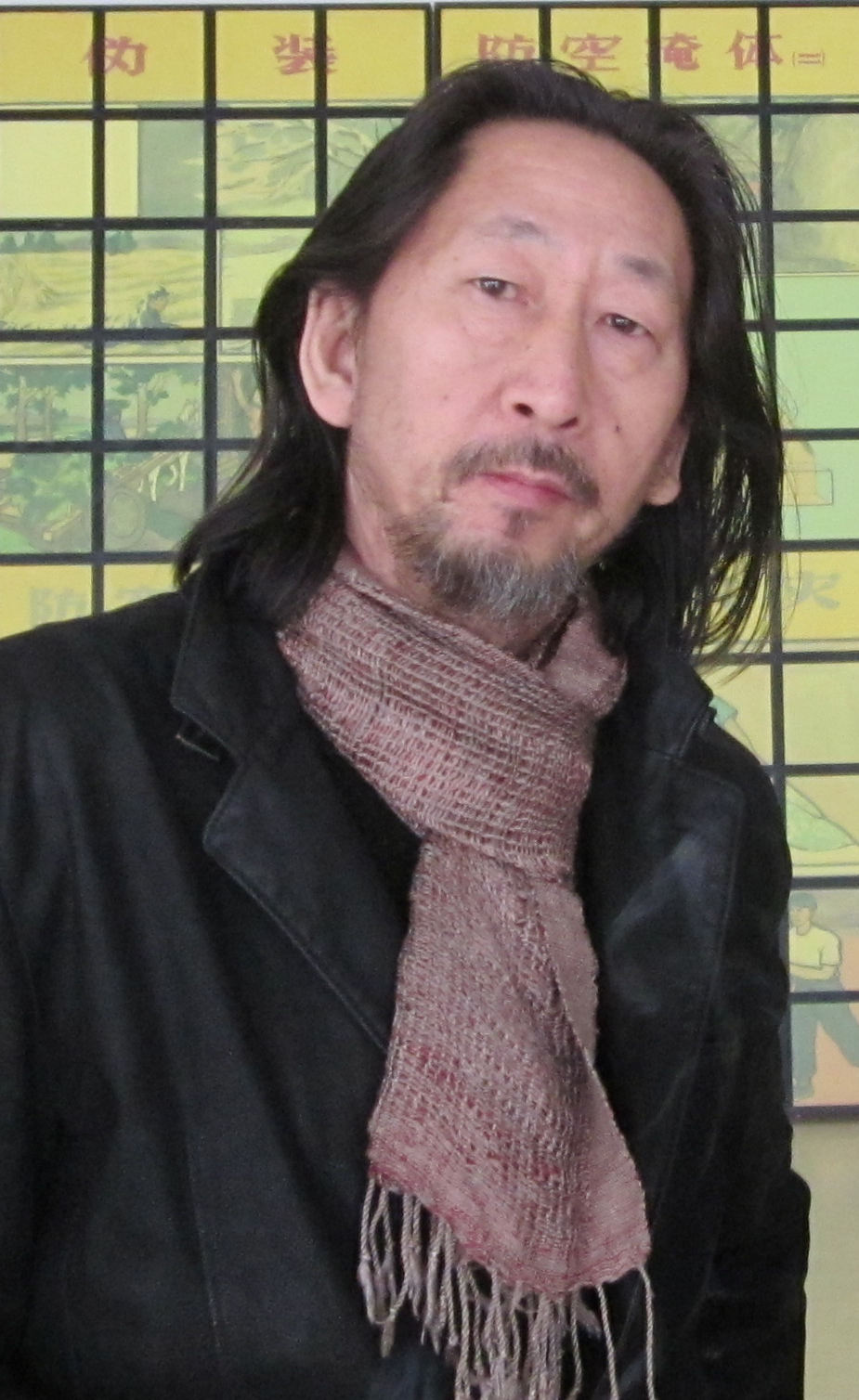
Wang Guangyi (Chinese: 王广义) is a contemporary Chinese artist. He is known as a leader of the new art movement that started in China after 1989, and for his Great Criticism series of paintings, which use images of propaganda from the Cultural Revolution (1966–1976) and contemporary brand names from western advertising.
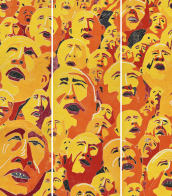

Wang Guangyi (Chinese: 王广义) is a contemporary Chinese artist. He is known as a leader of the new art movement that started in China after 1989, and for his Great Criticism series of paintings, which use images of propaganda from the Cultural Revolution (1966–1976) and contemporary brand names from western advertising.
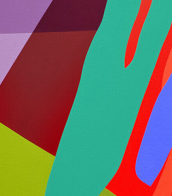
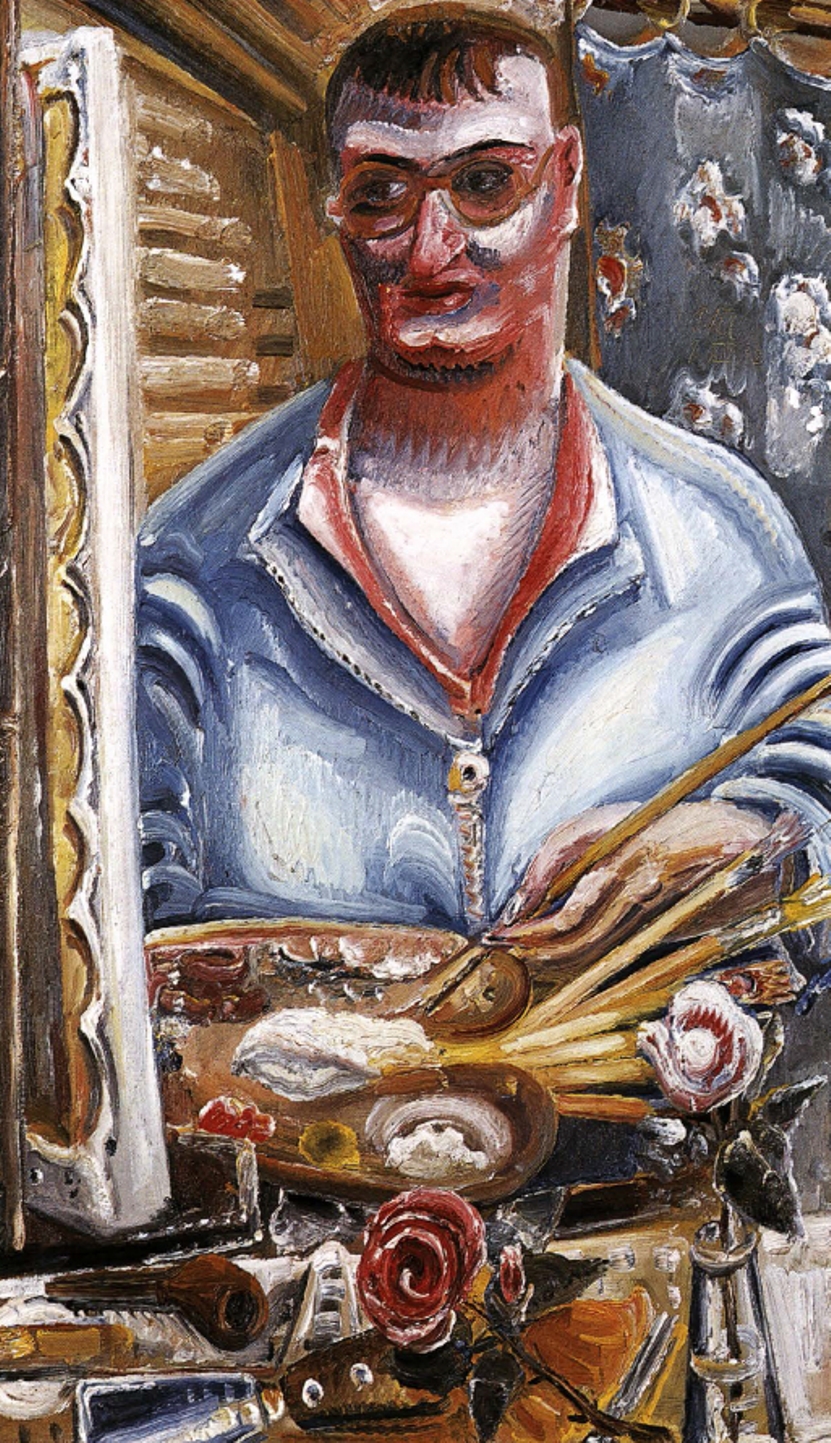
Paul Kleinschmidt was a German painter, graphic artist, engraver, and draftsman.
He studied at the Berlin Academy and at the Academy in Munich, where he studied the techniques of lithography and etching. Kleinschmidt created many etchings and lithographs in the modernist style and is also known for genre images of people having fun in restaurants.

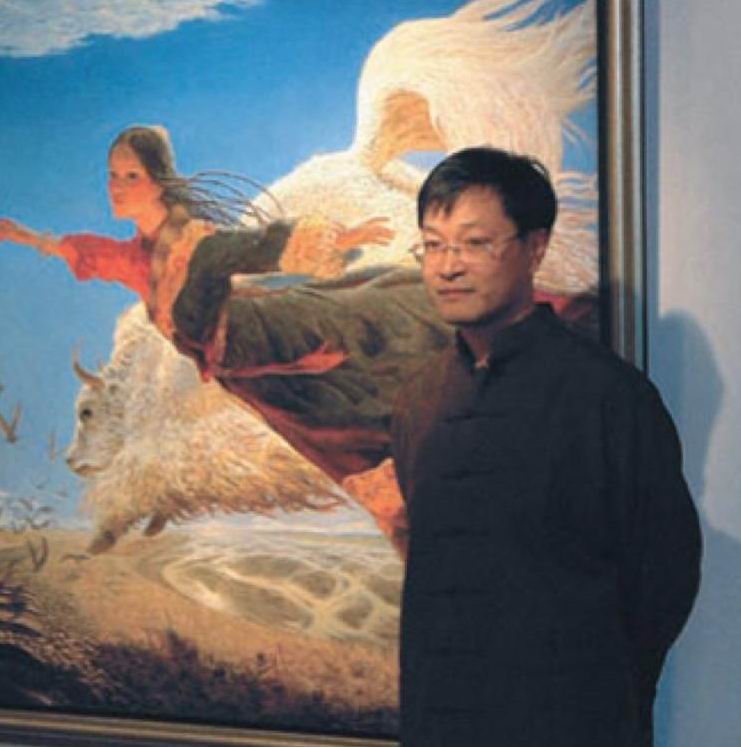
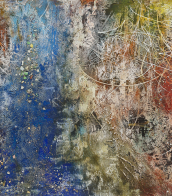
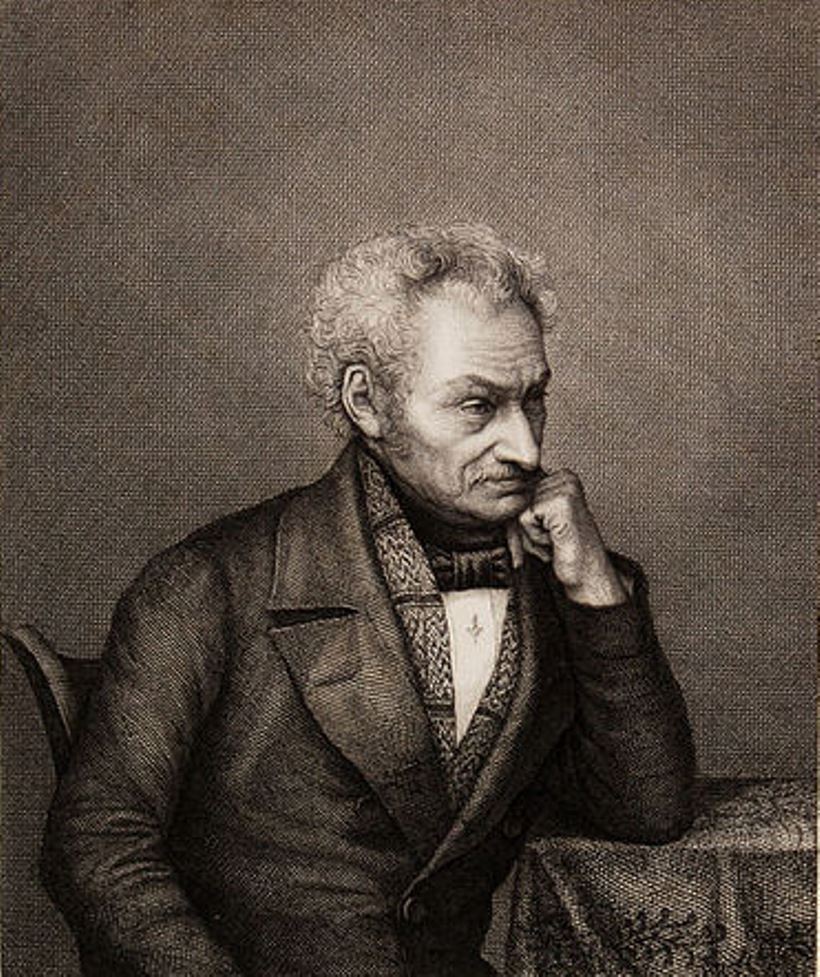
Johann Adam Klein was a German painter and engraver.
He studied the art of engraving and painting at the Vienna Academy of Fine Arts, and painted battle scenes, carefully painting details and especially horses. Horses and animals in general are Klein's favorite subjects. In addition to Germany, he lived in Italy and Hungary, and everywhere he looked for subjects for his works, where horses are necessarily in the center of attention, whether it be battle scenes involving the military, or in a village stable on vacation.

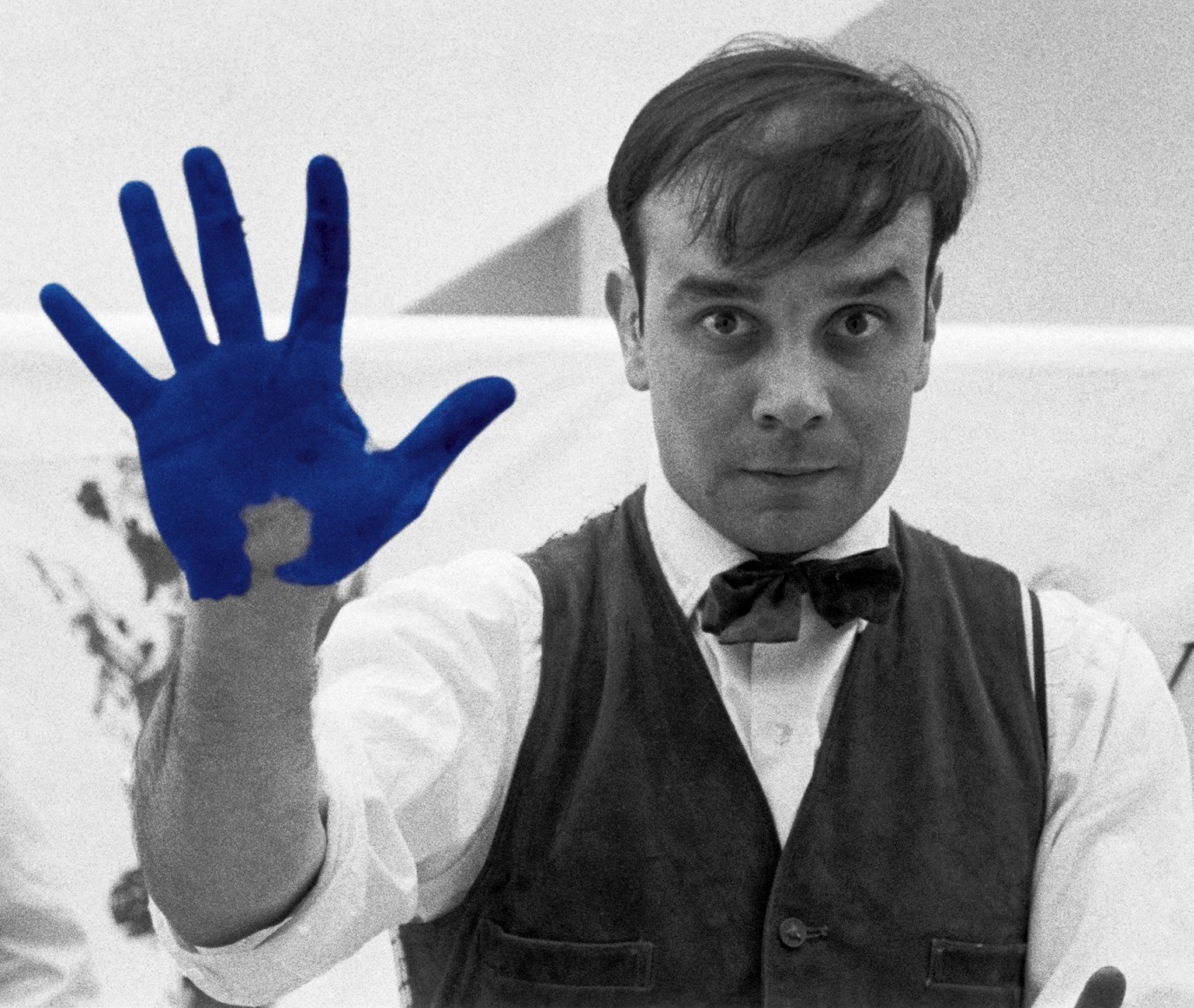
Yves Klein was a French artist, renowned for his innovative use of pure color and his approach to the conceptual aspects of monochrome painting. Klein, born in 1928 in Nice, France, left an indelible mark on the art world despite his brief career, which ended with his untimely death in 1962.
Klein is best known for his invention of International Klein Blue (IKB), a deep blue hue which he registered as a trademark color and used extensively in his works. This vibrant blue, which he developed in collaboration with a chemist, represented more than just a color; it was a means of evoking the immateriality and boundlessness of space. His monochrome blue canvases, large-scale public performances, and pioneering works in performance art established him as a leading figure in the Nouveau Réalisme movement in post-war Europe.
Aside from his famous blue monochromes, Klein’s Anthropometries series, where he used nude women as 'living brushes' to transfer blue paint onto canvases, is another testament to his innovative artistic methods. These performances, often accompanied by a small orchestra playing his "Monotone Symphony" — a single, continuous note played for twenty minutes followed by twenty minutes of silence — challenged traditional perceptions of the artist's role and the creation process.
Visit our gallery's website to explore more about Yves Klein and sign up for updates on new acquisitions and exclusive auction events related to his profound legacy.
